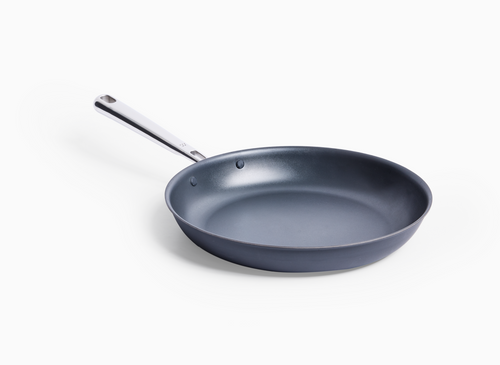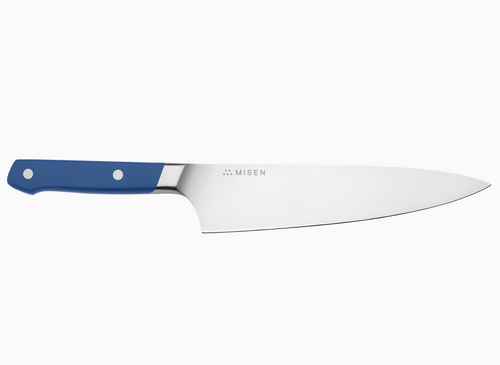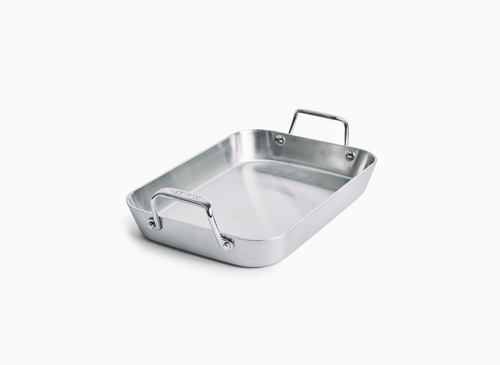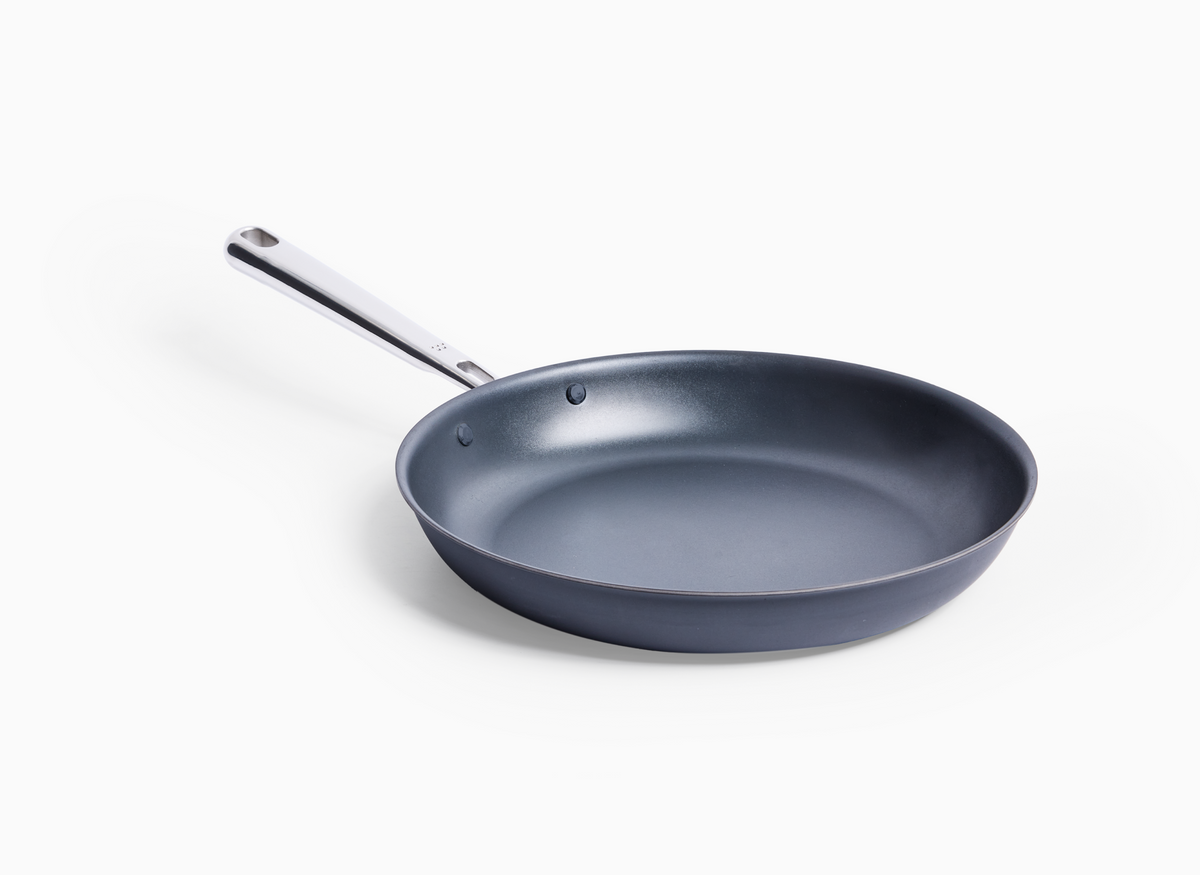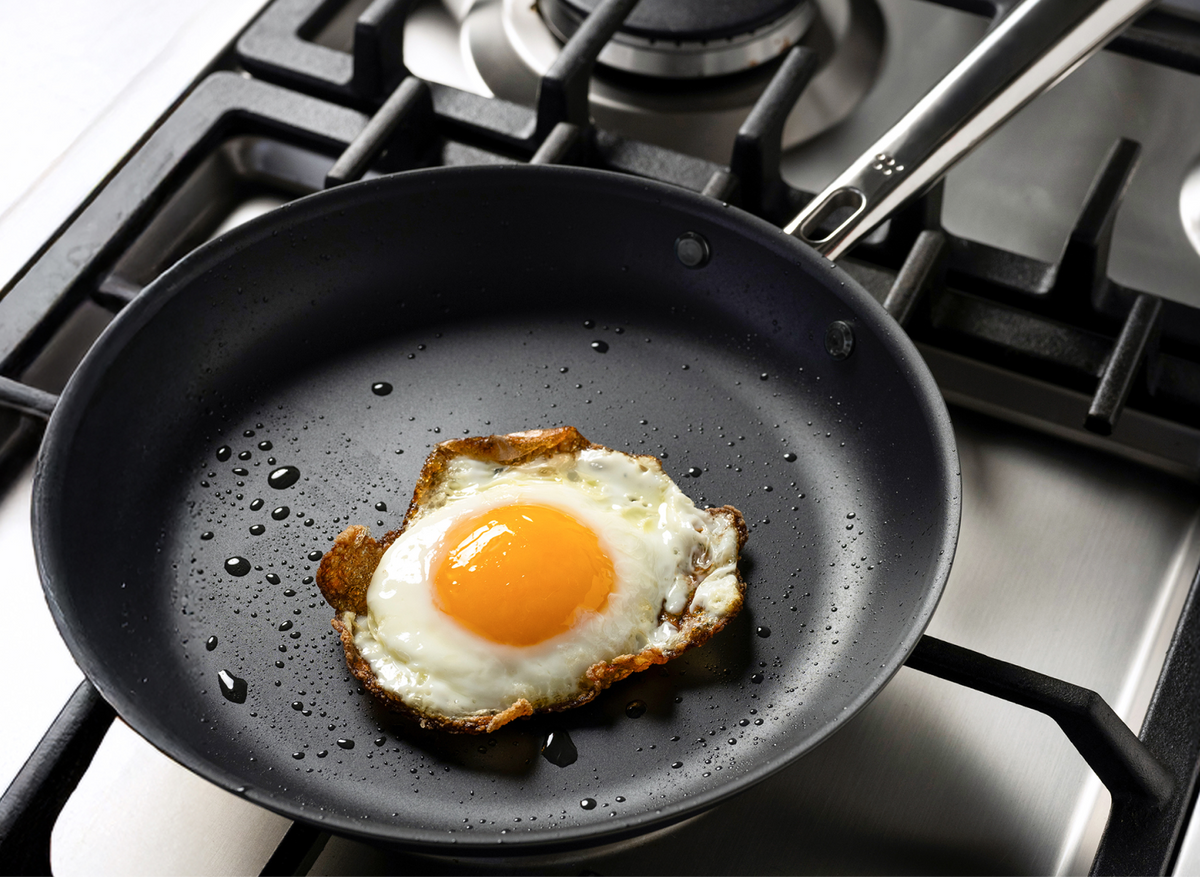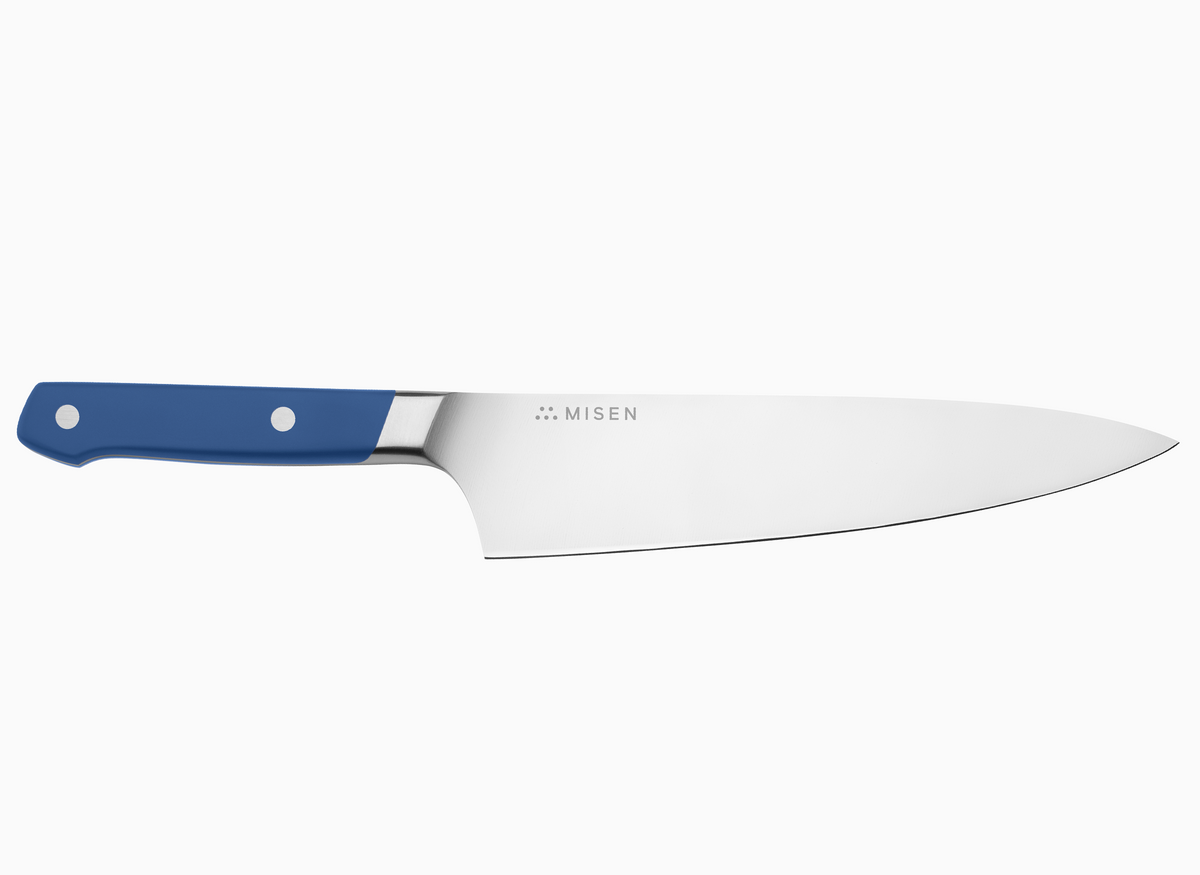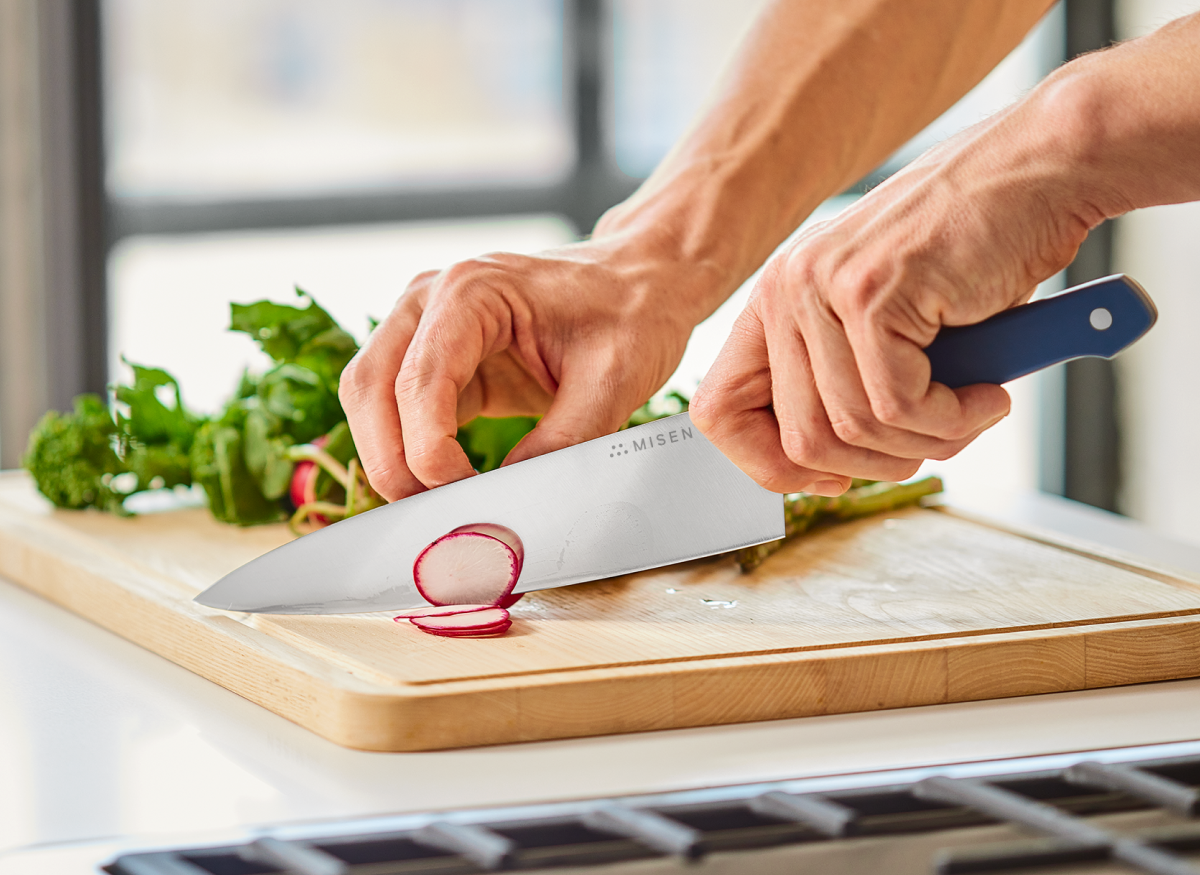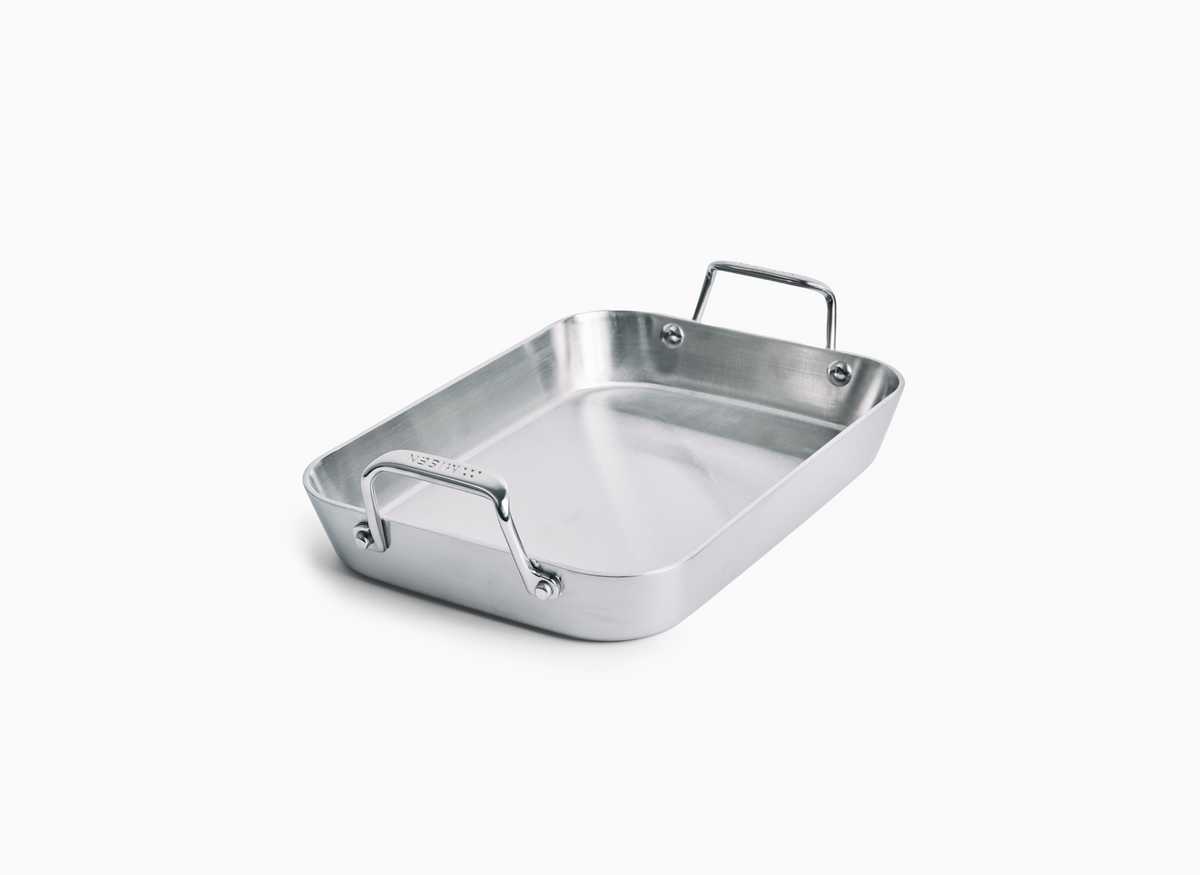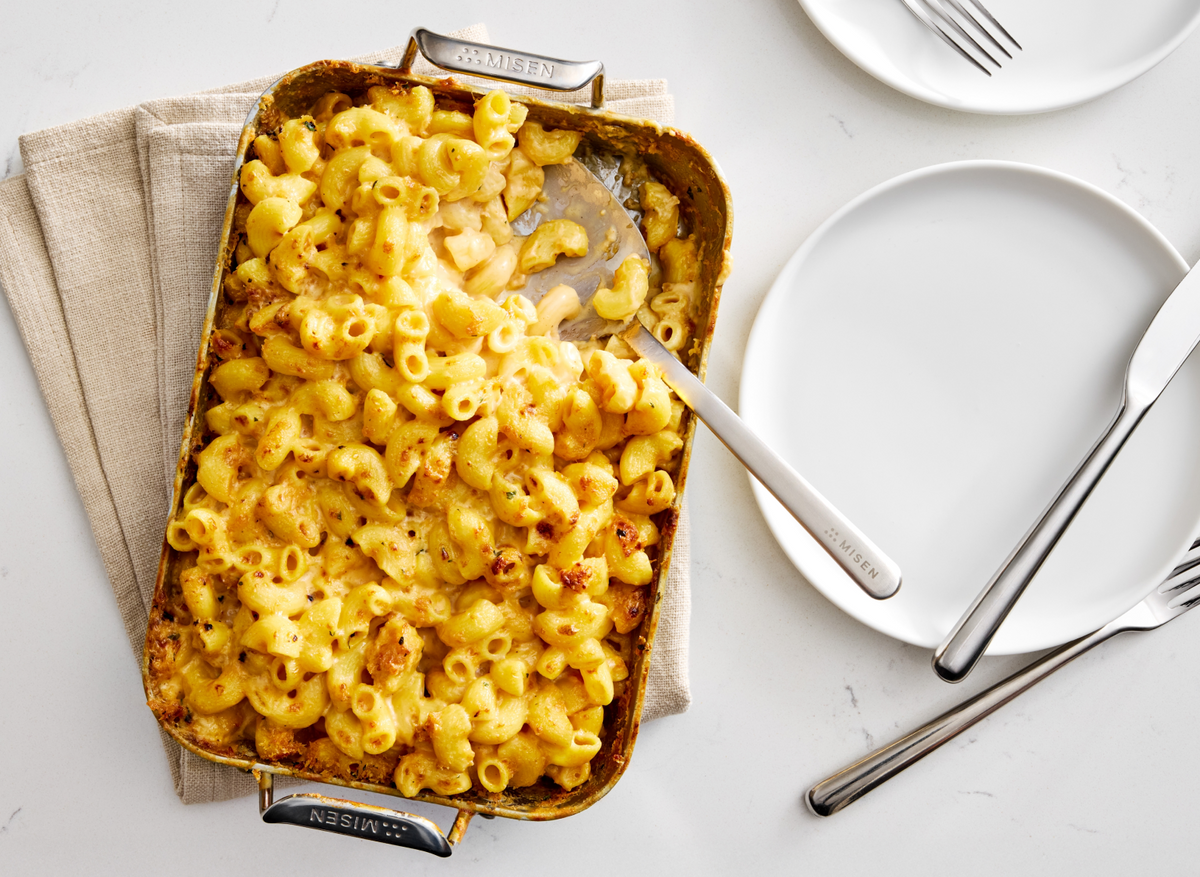How to Sear a Steak: Mastering Cast Iron Skillet Techniques

Mastering the art of searing steak in a cast iron skillet involves proper preparation, technique, and finishing touches. This guide covers everything from seasoning your skillet to achieving the perfect crust and internal temperature.
Preparing Your Cast Iron Skillet
Seasoning your skillet for optimal performance
A properly seasoned cast iron skillet is the foundation for perfect steak searing. The seasoning process creates a natural non-stick surface and prevents the steak from tearing during cooking. To season your skillet, coat it with a thin layer of high smoke point oil and heat it in a 450°F oven for an hour. Repeat this process 2-3 times to build up a durable seasoning layer. Once seasoned, maintain the skillet by cleaning it with hot water only, drying thoroughly, and applying a light coat of oil after each use[1].
Preheating techniques for even heat distribution
Achieving an even sear across your steak's surface requires proper preheating. Place your skillet in a cold oven and heat to 500°F - this method takes about 20-25 minutes but creates uniform heat distribution throughout the pan's surface and mass. A properly preheated cast iron skillet should maintain consistent temperature when the steak is added, preventing cold spots that lead to uneven browning[2].
Choosing the right oil for searing
For cast iron steak searing, choose oils with smoke points above 450°F to achieve proper browning without excessive smoke. Refined avocado oil and high-oleic safflower oil are ideal choices with smoke points above 500°F. Extra light olive oil, ghee, peanut oil, and refined sunflower oil also work well with smoke points around 450°F. Use just enough oil to coat the pan's surface - excess oil increases smoke production and can catch fire at high temperatures[3].
Selecting and Preparing the Perfect Steak
Choosing the best cuts for cast iron searing
Thick-cut ribeyes and New York strips deliver optimal results for cast iron searing due to their abundant marbling and consistent texture. Choose steaks at least 1.5 inches thick to achieve the desired contrast between a crispy exterior crust and tender interior. When selecting cuts, prioritize USDA Prime or Choice grades with visible marbling - those white spiderweb patterns of intramuscular fat that enhance moisture and flavor during cooking[4].
Bringing steaks to room temperature
For even cooking, remove steaks from the refrigerator 30-40 minutes before cooking. This prevents muscle fibers from tensing when hitting the hot pan and helps achieve a more consistent internal temperature. However, if you're using a reverse-sear method starting with a low-temperature oven, room temperature resting becomes less critical[5].
Dry brining and seasoning techniques
Dry brining transforms steak texture and flavor by using salt's osmotic properties. Apply kosher salt liberally (about 1/2 teaspoon per pound) to all surfaces of the steak 24-48 hours before cooking. Place the salted steak on a wire rack in the refrigerator uncovered to allow air circulation. This process seasons the steak throughout while creating a drier surface that browns better during searing. After brining, there's no need to rinse the steak; simply pat dry and proceed with cooking[6].
How to Sear a Steak: Mastering Cast Iron Skillet Techniques
Achieving the ideal sear temperature
Temperature control is crucial for a perfectly seared steak. Heat your cast iron skillet to 500°F (260°C) - at this temperature, oil will instantly shimmer and smoke when added. Starting with a cold steak creates a thermal barrier that allows more time for crust development without overcooking the center. For consistent results, preheat the skillet in a 500°F oven for 20-25 minutes rather than relying on stovetop heating alone[7].
Proper steak placement and flipping methods
Frequent flipping creates more even cooking and better browning than the traditional single-flip method. Place the steak on one side of the hot skillet and cook for 30 seconds, then flip to the opposite side for another 30 seconds. Continue this pattern throughout cooking, moving the steak to different areas of the pan with each flip to maintain consistent heat. This technique reduces cooking time by about 30% while developing an even crust[8].
Basting techniques for enhanced flavor
Basting transforms a good steak into an exceptional one by continuously coating it with flavorful, hot fat. After the initial sear, add butter along with aromatics like thyme sprigs, rosemary, and crushed garlic cloves to the pan. Tilt the skillet and use a large spoon to repeatedly ladle the hot butter over the steak's surface. This technique helps cook the meat more evenly, allows precise targeting of undercooked spots, and infuses the meat with aromatic flavors[9].
Finishing Touches for a Restaurant-Quality Steak
Using the oven to achieve desired doneness
For thick steaks over 1.5 inches, transfer the cast iron skillet to a 400°F oven after developing the initial crust. Use a meat thermometer to monitor internal temperature, removing steaks 5 degrees below target temperature to account for carryover cooking. For medium-rare, remove at 130°F; medium at 140°F; medium-well at 145°F[10].
Resting the steak for optimal juiciness
Let steaks rest 7-10 minutes under loose foil or a kitchen towel before cutting. During this period, muscle proteins relax and meat juices redistribute throughout the steak. The resting period also allows residual heat to continue cooking the meat - internal temperature typically rises 5-10 degrees through carryover cooking[11].
Creating pan sauces with fond
Those browned bits stuck to your pan after searing steak contain concentrated flavor compounds that form the foundation of rich pan sauces. To make a classic pan sauce, remove excess fat but leave a thin coating in the skillet. Add minced shallots or garlic and cook until softened, using their moisture to help scrape up the fond. Deglaze with wine and reduce until almost dry, then add stock and reduce by two-thirds until thick and syrupy. Finish by swirling in cold butter pieces to create an emulsified sauce[12].
Troubleshooting Common Cast Iron Steak Searing Issues
Preventing sticking and tearing
To prevent sticking and tearing, start with thoroughly dry meat - pat steaks with paper towels until no surface moisture remains. Wait for the pan to reach full temperature (500°F) before adding the steak. Salt the meat immediately before placing it in the pan, as this creates a barrier that reduces sticking while enhancing flavor. Once the steak hits the pan, resist the urge to move it until a proper crust forms (about 3-4 minutes)[13].
Managing smoke and oil splatter
Minimize smoke and splatter by brushing a thin layer of oil directly onto both sides of the steak instead of adding oil to the pan. Start with high heat to create the initial sear, then reduce temperature to medium-high once the crust begins forming. Position a splatter screen over the pan during cooking, and keep windows open with exhaust fans running[14].
Adjusting techniques for different steak thicknesses
Different steak thicknesses require distinct cooking approaches. For steaks under 1 inch, use direct high-heat searing throughout cooking. For 1-1.5 inch steaks, start with high heat searing (500°F) for 3-4 minutes per side, then reduce heat to medium-high to finish cooking through. Steaks over 1.5 inches thick demand a reverse-sear approach: start by cooking at low temperature (275°F) until the internal temperature reaches 10-15 degrees below target, then finish with a high-heat sear[15].
- A well-seasoned cast iron skillet is crucial for optimal steak searing.
- Proper preheating and oil selection are essential for even heat distribution and browning.
- Thick-cut, well-marbled steaks work best for cast iron searing.
- Frequent flipping and basting techniques enhance flavor and cooking evenness.
- Resting the steak after cooking is vital for juiciness and texture.
- Reddit: Searing with Cast Iron
- America's Test Kitchen: Perfect Cast-Iron Steak
- Serious Eats: Butter-Basted Pan-Seared Steaks Recipe
- Tasting Table: Absolute Best Cuts of Meat to Pan-Fry
- Steak School: Perfect Steak Preparation
- A Duck's Oven: How to Dry Brine Steak
- ThermoWorks: How to Sear a Steak
- Serious Eats: The Food Lab: Flip Your Steaks Multiple Times for Better Results
- Plays Well With Butter: Cast Iron Steak Recipe
- Tasting Table: Oven to Cast Iron Reverse Sear Steak Recipe
- The Splendid Table: The Rules for Pan-Seared Steak
- Food52: How to Make Sauce Out of Your Pan's Brown Bits (a.k.a. Fond)
- Cinder Grill: Trouble with Sticking When Searing? A Guide for Meat Lovers
- Lifehacker: Reduce Smoke by Greasing the Steak Instead of the Pan When Searing
- The Ninja Cue: How to Cook a Thick Cut Steak
